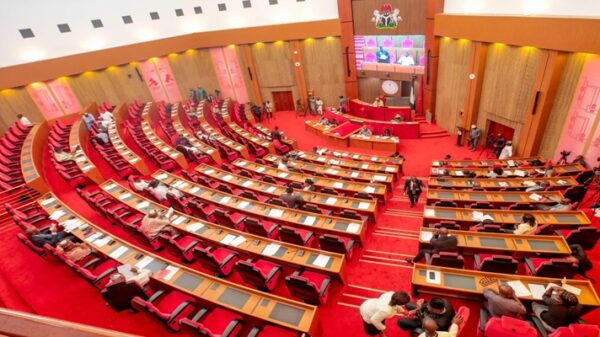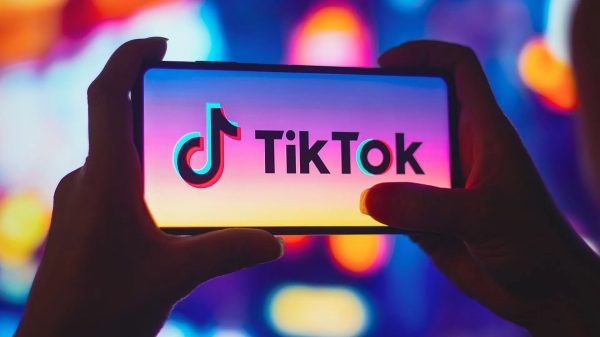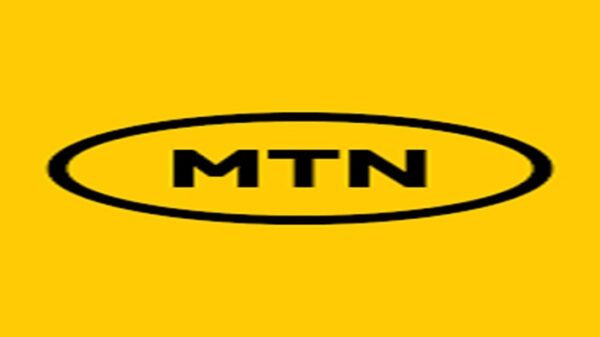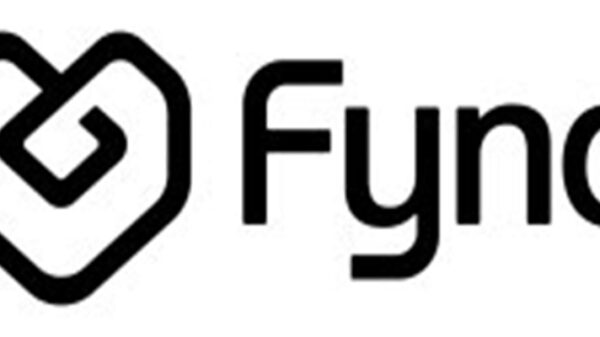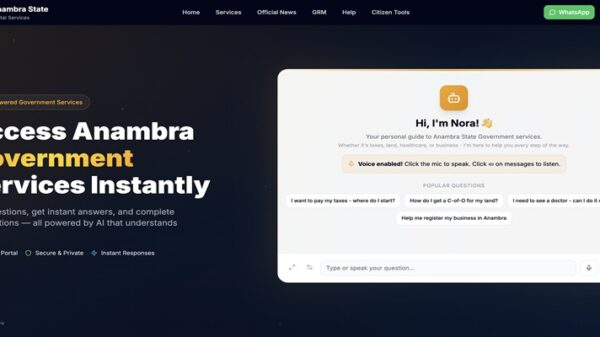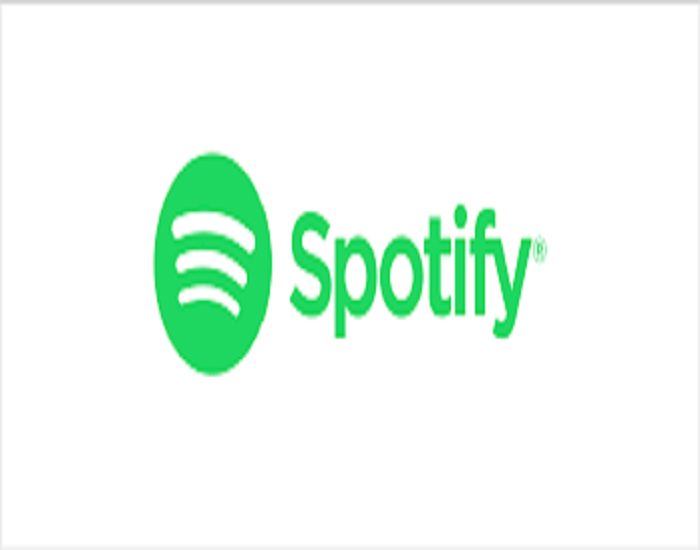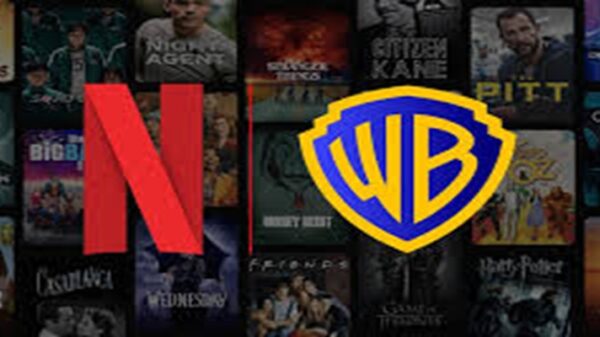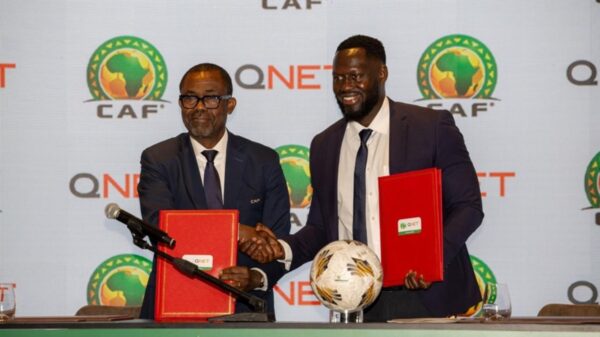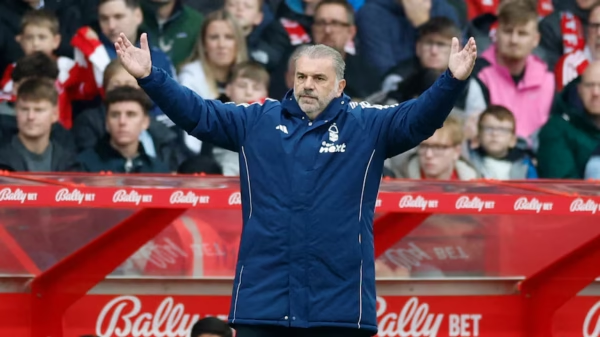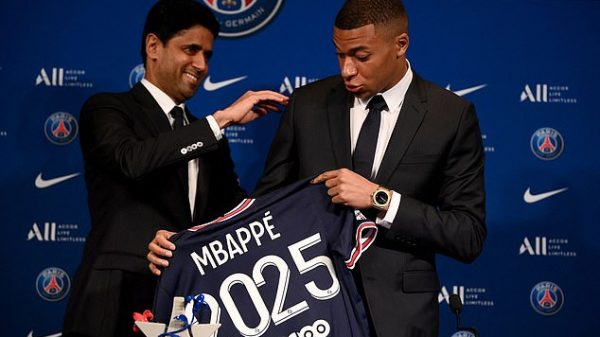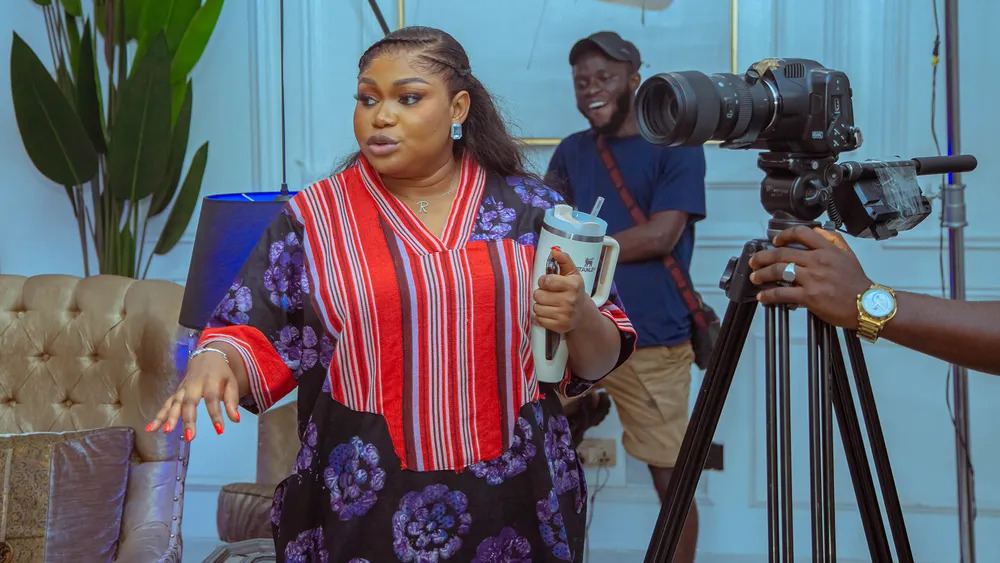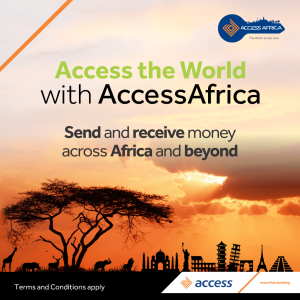By Ruth Kadiri
When people ask me what the secret is to making films, my answer is simple: the trick is always in the story. But of course, it is never only that simple. A good script is a given, as are strong casts and the right team behind the camera. Those are the foundations. Yet over time, I have come to realize that filmmaking today requires us to think beyond the script and the set. We must also think about the screen, the audience, and the journey of the story once it leaves our hands.
As a filmmaker, I am often asked what I have learned along the way; what I would tell someone starting out, or even those who have been working as long as I have. Attending the YouTube TV/Film Day in Lagos gave me another opportunity to reflect on how the industry is shifting and what keeps me grounded. These are some of the lessons I now carry with me.
1. The trick is always in the story
No matter the format, length, or platform, it begins with the story. A viewer will forgive budget limitations, new talent, or even unfamiliar settings if the story connects. But if the story is weak, no amount of production polish will keep people watching. As filmmakers, our first task is to craft stories that reflect real lives and emotions. A character’s triumph, a family’s struggle, a moment of laughter. These are what audiences hold on to long after the credits roll.
2. Never compromise on quality
Quality is not about big budgets alone. It is about respect for the audience. In a world where viewers can choose from thousands of films and series with a click, they will not wait for a story to “get better later.” That means sound, lighting, editing, and acting must all meet a standard that keeps them engaged from the start. Even when working with limited resources, I push myself and my team to raise the bar.
3. Beyond the production, think about the screen
In the past, when we spoke about “the screen,” we meant cinema or television. Those were the spaces where stories lived, and where audiences gathered. Today, that definition has changed. The screen could be the phone in someone’s hand on a bus, a laptop late at night, or a connected TV in the living room. For many Nigerians — especially younger audiences — YouTube has become that new television. It is where they discover new films, revisit old favorites, and share what they love with others.
As a filmmaker, this shift has changed the way I create. I no longer think of my work as tied to one channel of distribution. Instead, I ask: how will this story feel on a mobile phone? How will it hold attention on a larger screen at home? YouTube is central to answering those questions, because it gives me the freedom to design for different screens while keeping the same story intact.

4. The audience is global, even if the story is local
One of the greatest gifts of this digital era is the ability for Nigerian stories to reach audiences in places I may never visit. Over 70 percent of watch time on Nigerian YouTube channels comes from outside the country. That means a story set in Benin City or Kaduna can resonate in London, New York, or Johannesburg. The key is to stay authentic. Our culture, our humor, our languages are not limitations. They are the very things that make our films compelling to the world. Subtitles and translations help, but at the core it is authenticity that travels.
5. Language is power
Nollywood is rich with languages and dialects, and I believe in using them boldly. Audiences everywhere are increasingly open to watching subtitled films. Korean dramas, Spanish thrillers, Indian romances — they all prove that language is no longer a barrier. For us, this is an invitation to lean into our diversity. By telling stories in Yoruba, Igbo, Hausa, or Pidgin, we are not limiting ourselves. We are showcasing the depth of Nigerian culture. And when paired with platforms like YouTube that make subtitling and translation simple, we can connect with people who do not speak our languages but still understand our emotions.
6. Power belongs to the storyteller again
Perhaps the most inspiring change for me is how much control filmmakers now have. We no longer have to wait for gatekeepers to decide which stories will be told or which audiences will see them. With digital platforms like YouTube, we can release directly to our viewers, build communities around our work, and grow our craft in real time. It is not easy. It requires consistency, strategy, and resilience; but it is empowering. For me, that is what keeps me creating.
![]()


